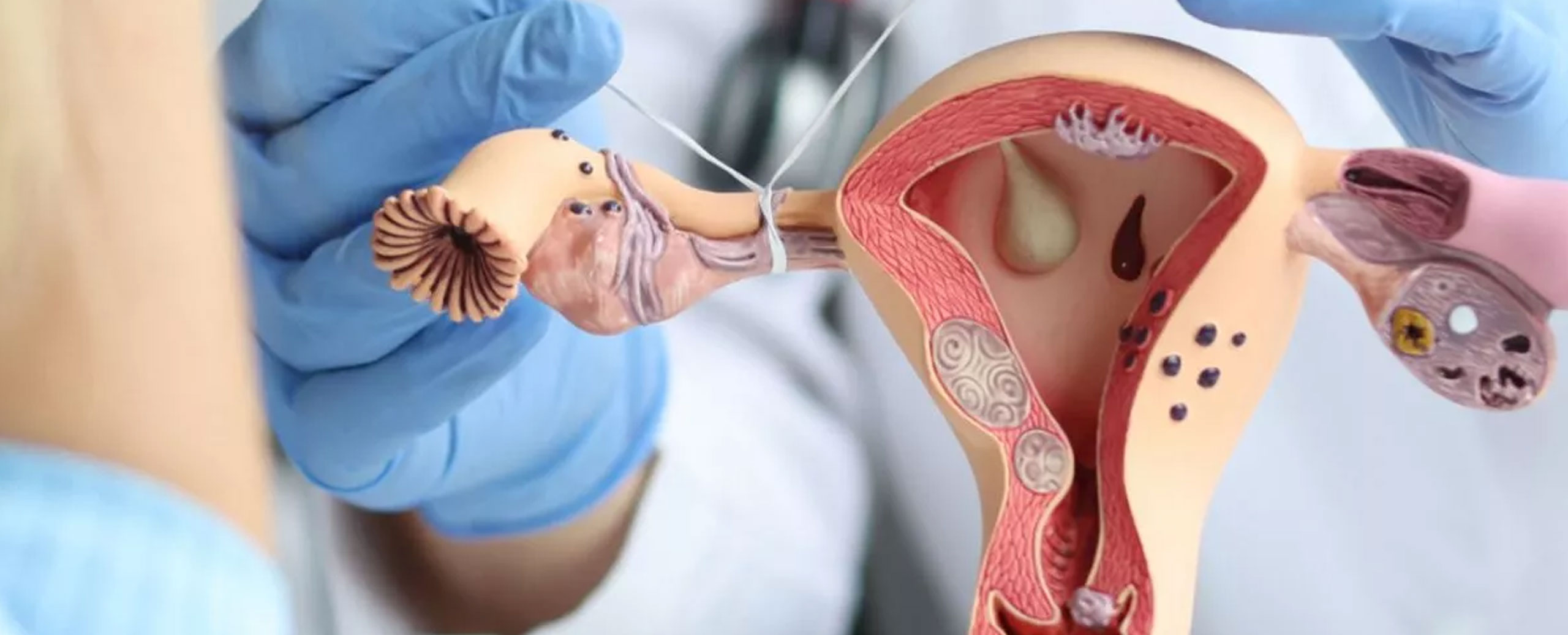
Gynecology
Tubal Reversal

Tubal reversal, also known as tubal ligation reversal, is a surgical procedure to restore fertility in women who have had their fallopian tubes tied, clipped, or blocked to prevent pregnancy. The procedure involves reconnecting the fallopian tubes to allow eggs to travel from the ovaries to the uterus.
Symptoms Indicating a Need for Tubal Reversal
The primary indication for considering tubal reversal is the desire to conceive after a previous tubal ligation. Symptoms or conditions that may prompt this decision include:
- Desire for Pregnancy: Change in life circumstances or family planning decisions.
- Post-Tubal Ligation Syndrome: Some women may experience symptoms like irregular periods, pelvic pain, or hormonal imbalances after tubal ligation, which might improve after reversal.
Causes for Tubal Reversal
The main reason women seek tubal reversal is to regain fertility and the ability to conceive naturally. Reasons for this decision can include:
- Change in Marital Status: Remarriage or a new partner who desires children.
- Loss of a Child: Wishing to have more children after the loss of a child.
- Improved Financial Stability: Feeling more financially secure and able to support a larger family.
- Personal Desire: A strong personal desire to have more children.
Pregnancy rates after tubal reversal?
- The two most important variables influencing pregnancy rates following tubal reversal surgery are age and method of tubal ligation. Women under the age of 30 who underwent a ring or clip ligation had the highest chance of becoming pregnant (about 87 percent).
- The lowest pregnancy rates (about 30%) are often reported in women over the age of 40 who underwent a ligation, which involves removing the end of the fallopian tube.
- Tube length may also influence pregnancy rates after reversal. Prior to tubal ligation, fallopian tubes are generally 10-12 cm long. Women who have at least 7.5 cm of tube at the time of ligation reversal had an 80 percent probability of becoming pregnant after tubal ligation surgery.
